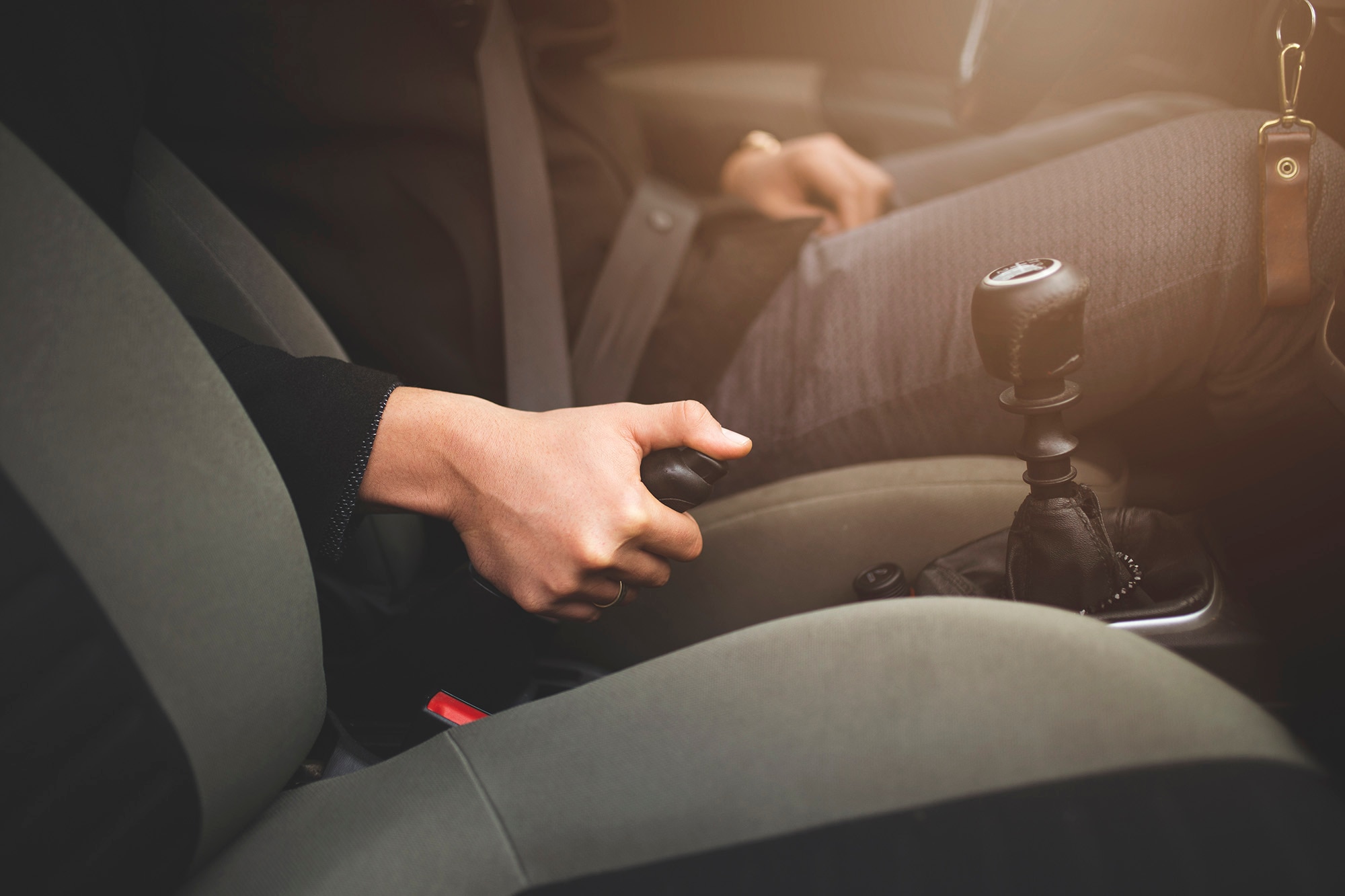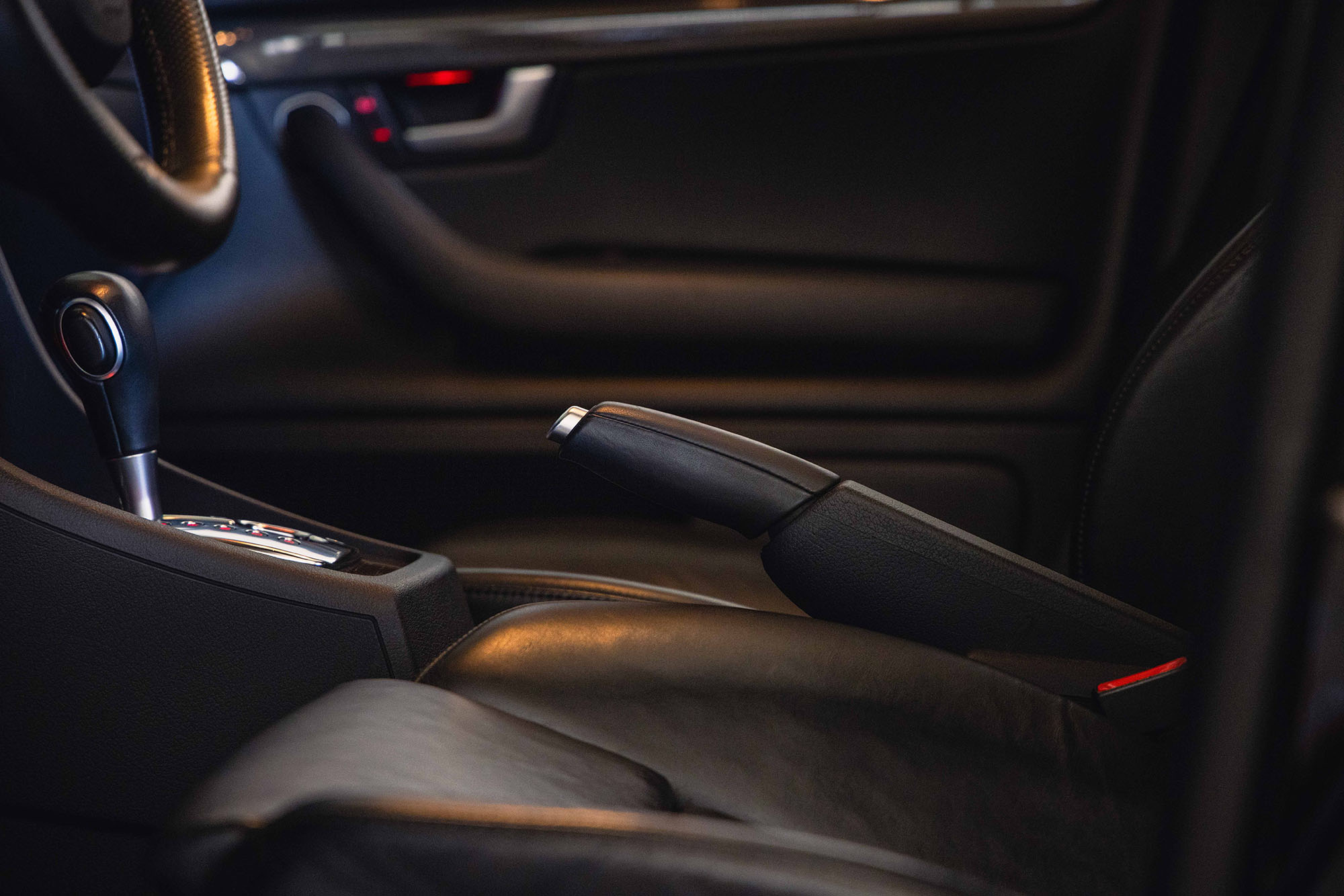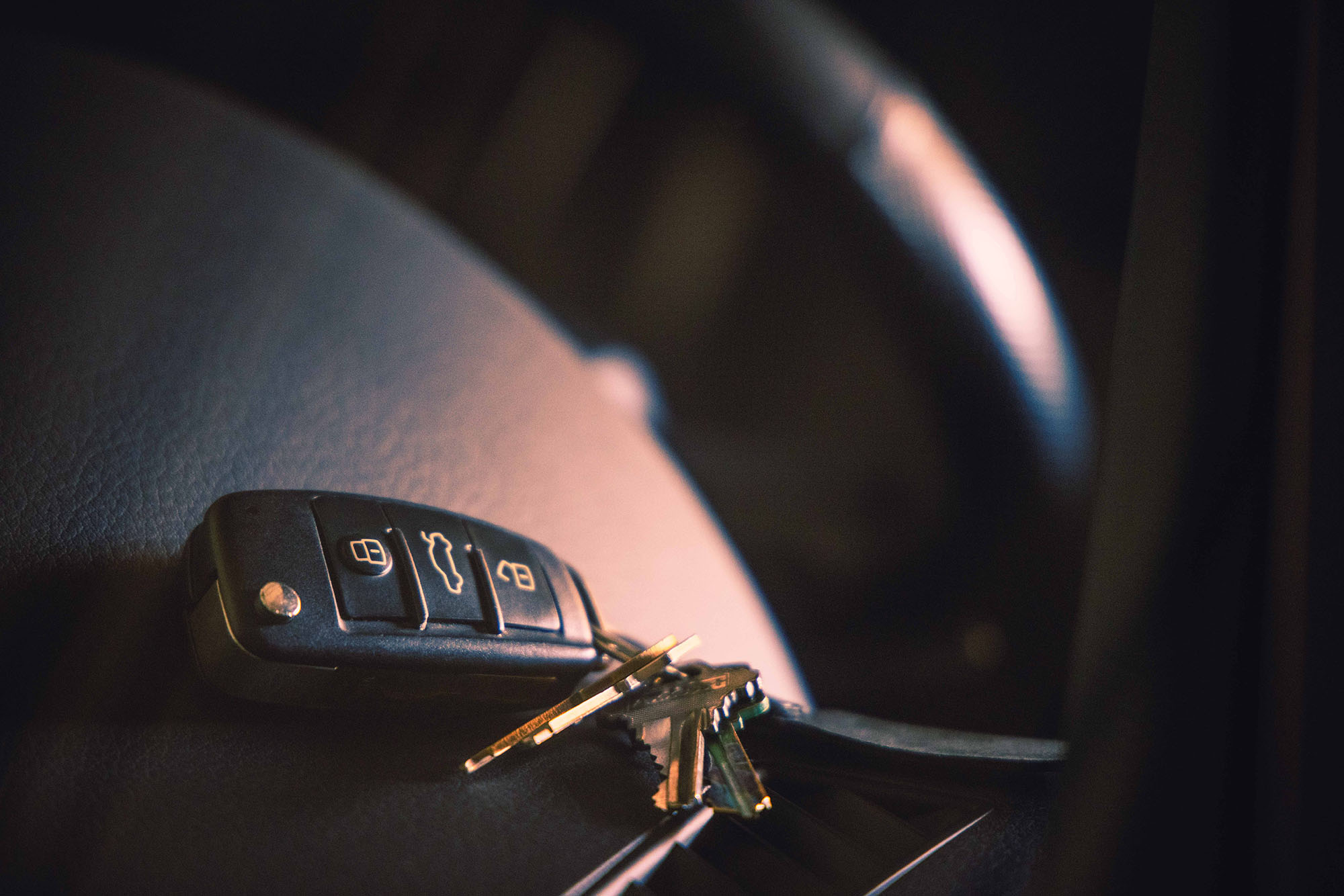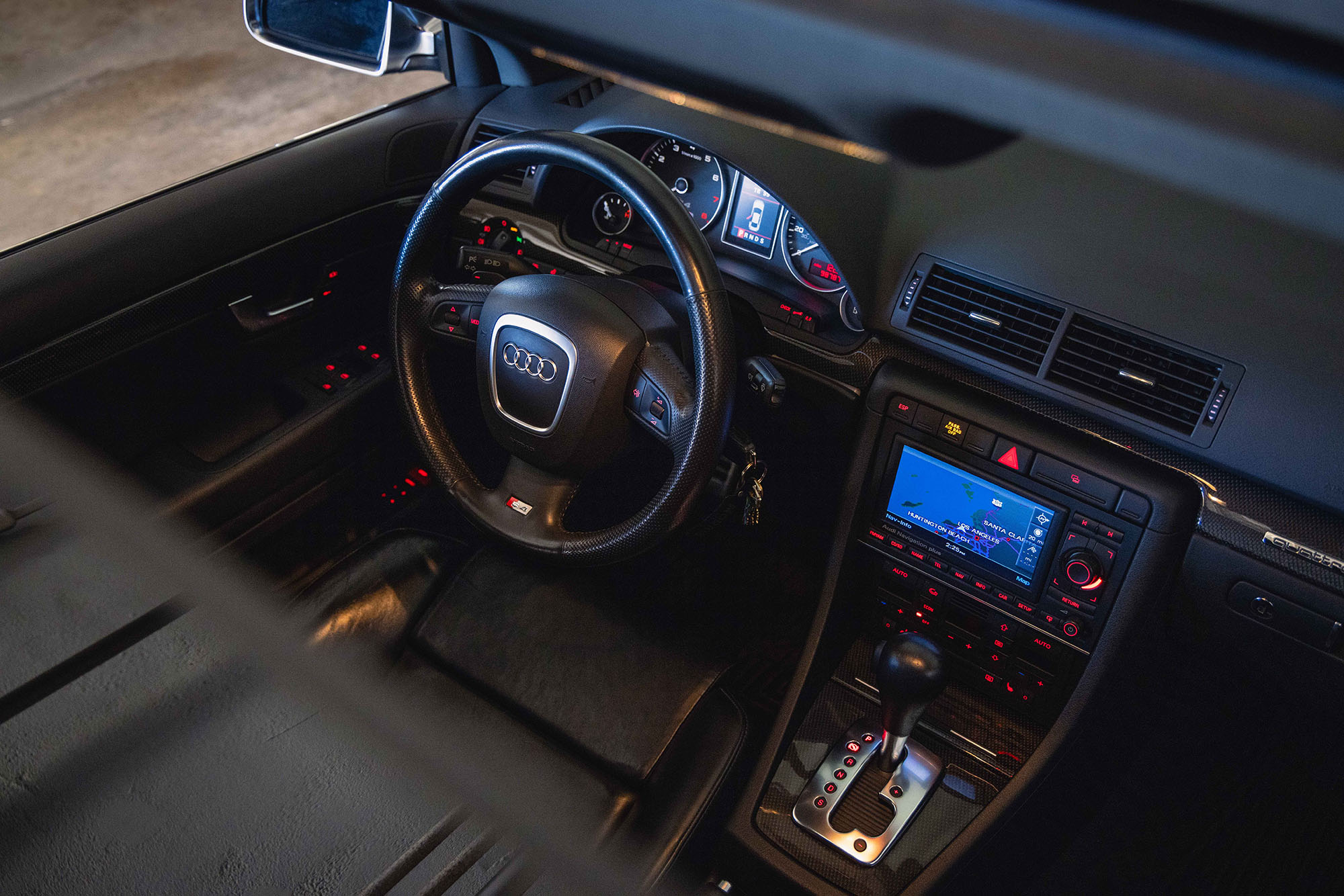5 Familiar Features Your Next Car Might Not Have
Some of the automotive buttons, levers, and doodads you grew up with could be headed into obsolescence.
 Getty Images
Getty Images
Automotive technology seems to change faster and faster these days. Electric vehicles are going mainstream, hybrids and plug-ins seem like they're everywhere, and lots of new models offer hands-free assisted driving options.
Cars can feel safer and cleaner than ever before — but amid all this evolution, some once-familiar vehicle features are disappearing. Here are a few examples of formerly common automotive features that your next brand-new car might not have.
 Manuel Carrillo III | Capital One
Manuel Carrillo III | Capital One
A Parking Brake Lever or Pedal
For decades, most cars used either a hand lever or a foot pedal to apply the parking brake. Today, many new cars have switched to electronic parking brakes, activated by a button or toggle switch on the dashboard or console.
Electronic parking brakes offer a few advantages over mechanical systems. For one, an electronic brake will automatically release if you try to drive away — no more frying your brakes because you accidentally left the parking brake on.
On older cars, you might need to really muscle the lever or pedal to get the brake fully applied (or released), which could be difficult for smaller drivers or those with mobility limitations. Push-button parking brakes solve that problem. In many new cars, the electronic parking brake activates automatically when you park and walk away, giving you peace of mind when you park on steep hills.
 Manuel Carrillo III
Manuel Carrillo III
Hinged Door Handles
Many new cars, especially electric vehicles, have flush-mounted exterior door handles that pop out to use then disappear when you're driving or parked, giving the car a sleek, smooth look. Flush-mounted door handles are also more aerodynamic than the big, bulky handles of yore, potentially improving fuel efficiency or battery range.
Some cars go even further, replacing interior door handles with electronic buttons. These systems can include safety features, such as one that prevents you from swinging your door into the path of a moving vehicle. Just be sure you know how to find the emergency door release, which you'd use in the event of a malfunction or loss of power.
 Manuel Carrillo III
Manuel Carrillo III
A Physical Key Fob
First there were metal keys that went in keyholes. Next came fobs, which let you lock, unlock, and start your car without having to reach in your pocket or purse. Your next new car might take things one more step, using your smartphone or a credit-card-sized pass to grant you access and let you drive.
Smartphone-as-key offers lots of nifty features. With your carmaker's app installed, you can use your smartphone's GPS to find your vehicle in a crowded parking lot, remotely lock or unlock the doors from anywhere in the world, and even start the engine or set the interior temperature so you're perfectly comfy when you get in. Smartphone keys also allow you to assign a temporary or permanent key to someone else's phone — ideal for lending your car to a friend without meeting up to swap keys.
Some automakers are now even offering fingerprint sensors or biometric scanners, so you don't have to carry anything with you to get into your car.
 Manuel Carrillo III
Manuel Carrillo III
A Transmission Lever
In older cars, the gear shift was physically connected to the transmission. Whether manual or automatic, on the column or the floor, moving the shift lever activated a complex mechanical linkage that clunk-clunked into the desired gear. Today, most new cars replace this beefy device with a small joystick, toggle, or stalk that selects gears electronically. Some models even go sci-fi with glowing orbs that you spin to select your gear.
This change is part convenience, part fashion. Modern cars with automatic transmissions use computers and electronic actuators to switch between Park, Reverse, and Drive. Since there's no longer a need for a long lever, designers save space by using buttons, knobs, or toggles to perform gear changes.
This trend away from shift levers will likely continue, as electric vehicles become more popular, since EVs don't need multispeed gearboxes the way internal-combustion cars do.
 Manuel Carrillo III
Manuel Carrillo III
A Grille
When it's running, an internal-combustion engine creates a ton of excess heat, warming the coolant to as much as 220 degrees Fahrenheit. A car's grille provides an opening for air to rush through, cooling the radiator and keeping the engine from overheating.
For decades, designers have used the grille as a styling feature, helping to distinguish different makes and models while lightly disguising the functional purpose of that big air opening in a car's nose.
Today, most internal-combustion cars need only a small opening for cooling air. In fact, many cars that appear to have big, gaping maws actually have most of their grilles blocked off to improve aerodynamics and boost fuel efficiency.
This is another trend that may go away if electric vehicles take over. EVs don't need nearly as much cooling airflow as combustion-powered vehicles, meaning they can forgo the grille entirely.
Traditional automakers may still put a grille-like nose on their electric models to make them resemble the brand's gas-powered offerings, but look closely at an EV's nose and you'll find nothing but smooth, solid bodywork punctuated by a few very tiny air inlets.
Written by humans.
Edited by humans.
 Bob Sorokanich
Bob SorokanichBob Sorokanich is a car-obsessed journalist and editor who manages to maintain an old Mini Cooper and a love affair with automobiles while living in New York City. When he's not thinking about cars, he's riding his motorcycle, and when he's not riding his motorcycle, he's anticipating his next joy ride.
Related articles
View more related articles